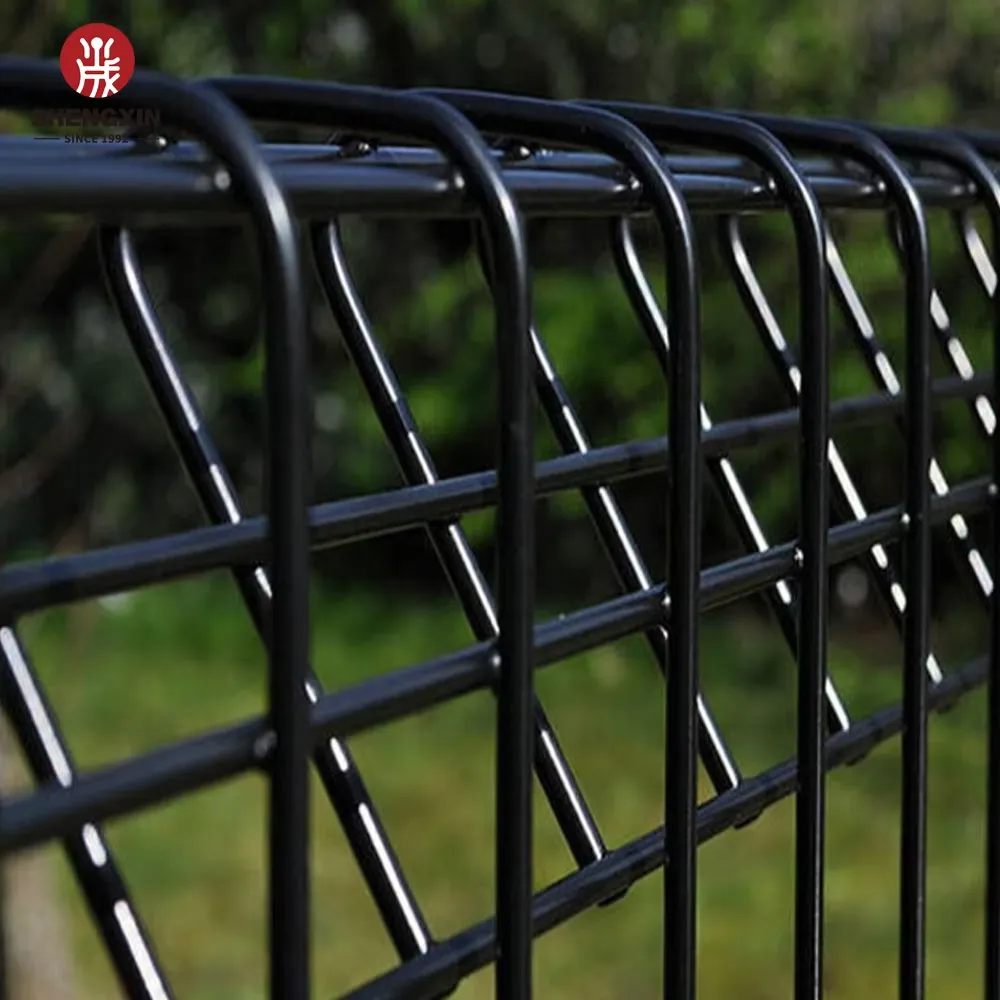
Dec . 11, 2024 09:40 Back to list
Exploring Manufacturers of Anti-Climb Security Fences for Enhanced Protection Solutions
Understanding Anti-Climb Security Fences A Comprehensive Guide to Factories
In the modern world, security is a paramount concern for both residential and industrial applications. As crime rates rise and concerns about unauthorized access increase, businesses are investing in robust security measures to protect their premises. One effective solution gaining traction is the anti-climb security fence. This article explores the intricacies of anti-climb security fences, particularly focusing on their relevance in factory settings.
What is an Anti-Climb Security Fence?
An anti-climb security fence is specifically designed to prevent unauthorized individuals from scaling the structure. These fences incorporate various materials and designs that make climbing difficult or nearly impossible. Typically, they feature vertical bars, spikes, and narrow spacing, which discourage intruders from attempting to breach the perimeter.
The Importance of Anti-Climb Fences for Factories
Factories often house valuable equipment, inventory, and confidential information. A breach in security can lead to theft, vandalism, and even corporate espionage. The financial ramifications can be severe, alongside the potential for liability in the event of a security incident. Anti-climb security fences provide a physical barrier that helps deter unauthorized access, thereby increasing the safety of the facility and its staff.
Key Features of Anti-Climb Security Fences
1. Design One of the most notable features is the design of the fence itself. Most anti-climb fences have vertical pickets that are closely spaced to prevent footholds. Some models incorporate barbed wire or spikes at the top, further enhancing security.
2. Material The materials used to construct these fences are often high-grade steel or aluminum, making them not just difficult to climb but also resistant to corrosion and wear. This durability ensures that the fence remains effective over time.
3. Height Height is a critical consideration; taller fences are harder to climb and therefore more effective. An anti-climb fence typically starts at a minimum height of 8 feet, and many options reach 10 feet or more.
4. Customization Manufacturers of anti-climb security fences often offer customizable options to suit specific needs. Factories can choose from different heights, designs, and additional security features like gates with electronic locks or surveillance integration.
5. Aesthetic Appeal While security is the primary concern, many anti-climb fences can be designed to look visually appealing. Factories can opt for designs that blend well with their surroundings, maintaining a professional appearance while ensuring safety.
Factors to Consider When Selecting a Fence Manufacturer
anti climb security fence factories

Choosing the right manufacturer for anti-climb security fences is crucial
. Here are a few factors to consider- Reputation Look for manufacturers with a solid reputation in the industry. Online reviews and client testimonials can provide insight into their reliability and quality.
- Experience An experienced manufacturer will better understand the unique challenges faced by factories. Their expertise can guide you in selecting the best product for your needs.
- Compliance Ensure that the manufacturer’s products comply with local safety and security regulations. This can help avoid future legal complications.
- Customer Service Good customer service is essential. The manufacturer should be available to answer queries, provide guidance, and assist in installation processes.
- Warranty and Maintenance A reputable manufacturer will offer warranties on their products and provide maintenance options. This is crucial for long-term investment protection.
The Installation Process
Installing an anti-climb fence should be conducted by professionals to ensure its efficacy. The installation process typically involves
1. Site Assessment A thorough evaluation of the site to determine the best location and type of fence to install. 2. Permits Securing any necessary permits from local authorities.
3. Construction The physical installation, including digging post holes, setting up the fence, and installing gates if required.
4. Inspection Once installed, the fence should be inspected for any vulnerabilities, and adjustments should be made as necessary.
Conclusion
In conclusion, anti-climb security fences are an essential investment for factories seeking to protect their assets and personnel from unauthorized access. With a range of features that enhance security and customizable designs, businesses can select the perfect solution for their needs. By working closely with reputable manufacturers and understanding the importance of proper installation, factory owners can significantly bolster their security measures, creating a safer environment for all.
-
High-Quality Metal Picket Fence - Durable, Stylish & Customizable Solutions
NewsJul.08,2025
-
358 Anti-Climb Fence High Security Mesh, Durable & Cost-Effective Solutions
NewsJul.08,2025
-
High-Quality Chain Link Fence Parts Reliable Suppliers & Factory Prices
NewsJul.07,2025
-
Clear View Fence Anti Climb - High Security Fencing Factory & Suppliers Quotes
NewsJul.07,2025
-
Temporary Fence Business for Sale Factory Direct Suppliers & Best Quotes
NewsJul.06,2025
-
High-Quality Temporary Fence Fittings - Trusted Factory & Suppliers Get Quick Quotes
NewsJul.06,2025
